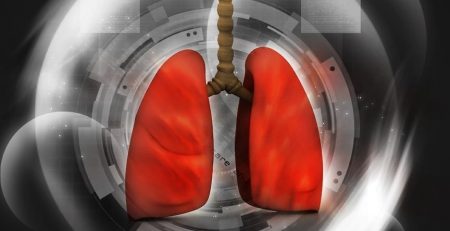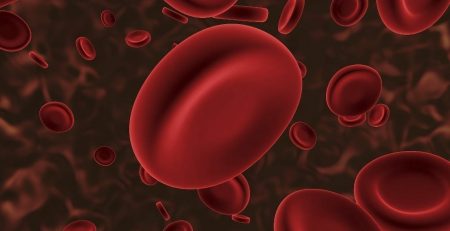Stamina Trumps Strength When it Comes to Improving Metabolic Health
According to a new study recently published in JAMA Network Open, researchers found that “people’s aerobic endurance – or lack of it – can influence their metabolisms more potently than their muscular weakness or might,” The New York Times reports.
In recent years, a new field of science called metabolomics has developed to better understand the massively complex system that is our metabolism. This study built research conducted for a study published in 2013 that compared the metabolites – or molecules involved in metabolic reactions – in the bloodstream of twins and other unrelated adults with different lifestyles and level of activity. This initial study ultimately found that an individual’s level of activity affected their metabolic health.
For this new study, researchers took a deeper dive into this correlation, looking at the differences between endurance and strength. They gathered data from the performance testing of 580 Finninsh men called up to military training. “The men rode stationary bicycles and heaved weights to measure their maximum aerobic capacity and muscular strength. They also gave blood, completed general health testing and filled out questionnaires about their lifestyle and exercise routines,” The New York Times reported. They then compared the metabolic readouts of the most aerobically fit men to the most out of shape, and separately, the strongest against the weakest.
What they ultimately found was that the men in top aerobic shape shared the same desirable molecular signature they had uncovered in their first study, but there were very little difference in the metabolite profiles of the strongest men compared to their counterparts, suggesting “that aerobic capacity affects metabolism substantially more than muscular strength does,” according to Dr. Urho Kujala of the University of Jyvaskyla in Finland. In summary, the study “supports the idea that aerobic, endurance-type activity is good” for metabolic health, Dr. Kujala said.
Read more about these two studies in The New York Times.














